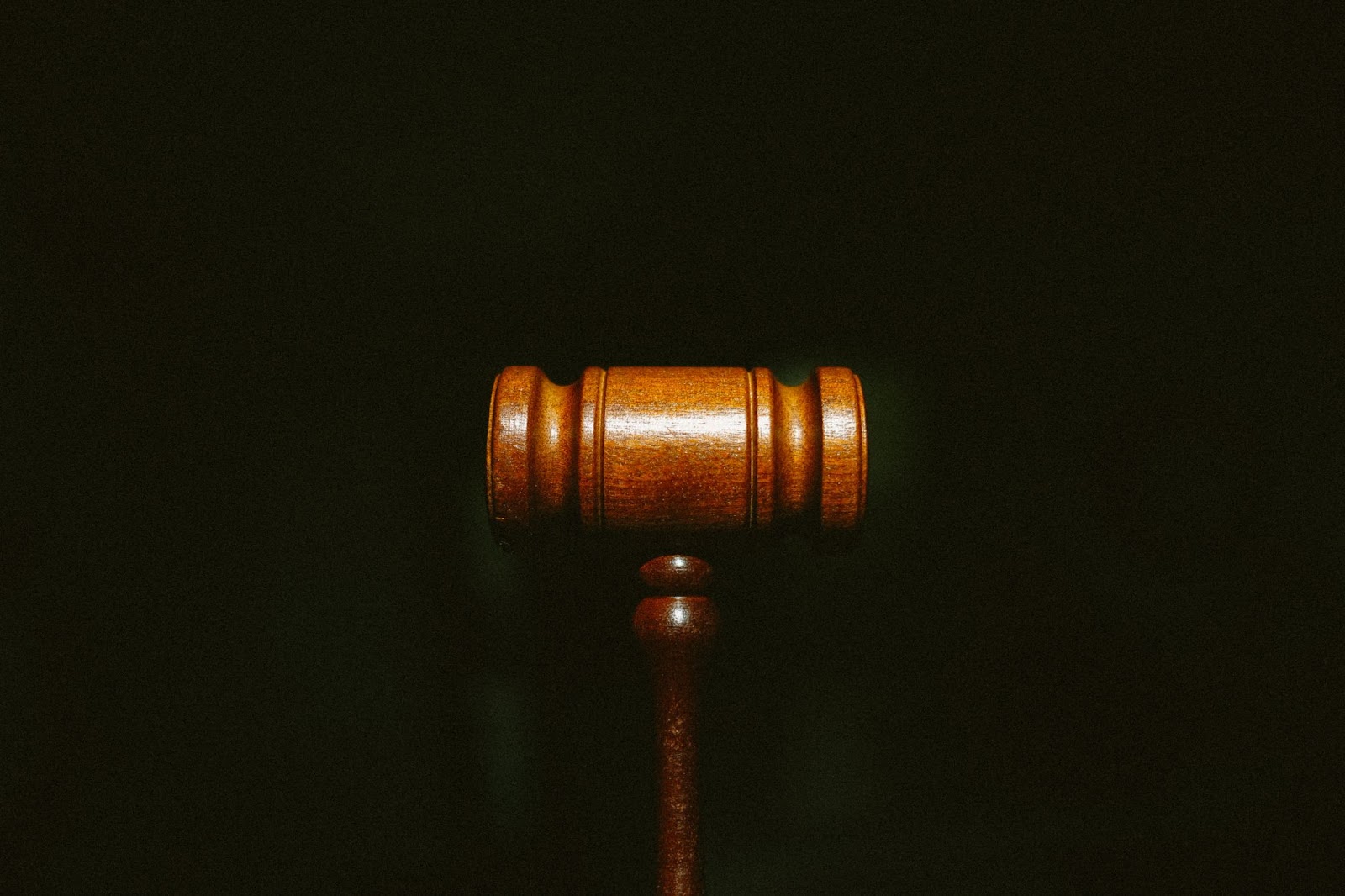The delayed discovery rule can extend the statute of limitations in certain criminal cases where a plaintiff did not immediately discover or reasonably could not have discovered an injury or harm caused by someone else’s negligence or wrongdoing.
If you recall, the statute of limitations is the timeframe within which you must file a personal injury lawsuit before losing your right to pursue a claim. The delayed discovery rule, one of many common personal injury and wrongful death glossary terms used in a court of law, is an extension of the state’s statute of limitations to receive just compensation under certain circumstances.
The more comfortable you become with the legal jargon, the more likely you are to achieve justice in your claim. That said, we highly recommend reaching out to a Los Angeles wrongful death attorney or personal injury lawyer if you need additional guidance on a case.
This article, written by a leading Los Angeles wrongful death law firm, explains the delayed discovery rule in California, with examples and insights about how it works.
What Are the Rules for Discovery in California?

The delayed discovery rule may pause the statute of limitations if the injury was not known and would not have been known by a reasonable person. In other words, the California criminal statute of limitations discovery rule often applies in certain circumstances in which the injury or harm is not immediately apparent.
Once the person becomes aware of the injury, the statute of limitations (typically two years in California) will begin. The discovery rule statute of limitations varies by jurisdiction and type of case.
For example, in California, the time limit for bringing a legal charge or case only begins when the wrongdoing is found or should have been reasonably found. When the California rules of discovery apply to a case, the victim can file a lawsuit beyond the statute of limitations. The time horizon is essentially paused until the victim realizes they were injured.
What Is an Example of the Discovery Rule?
Medical Malpractice Claim
Suppose a patient has a surgical procedure to fix a deviated septum in their nose. After the surgery, the patient experiences recurrent congestion and sinus problems. One year later, they realize these issues are directly linked to a mistake made by the doctor during the surgery.
In California, the time limit for medical malpractice cases starts from the date of the alleged malpractice. However, since the patient only discovered the surgical errors and harm one year after the surgery, the statute of limitations may start on the date of that discovery.
This delayed discovery rule in California allows the patient to file a medical malpractice lawsuit one year after the surgery, ensuring they have a fair opportunity to seek legal redress — even if they were not initially aware of the harm caused by the doctor’s error and negligence.
Personal Injury Claim
Let’s dive deeper into another example of the delayed discovery rule. Suppose you are involved in an Uber car accident, where the Uber gets rear-ended by a truck driver in Los Angeles. At the scene of the accident, the Uber driver does not notice any injuries.
Six months later, however, the driver develops intense neck pain, which requires multiple massages and physical therapy sessions. After consulting with medical professionals, the driver discovers that the neck pain was a direct result of the car accident caused by the truck driver.
According to the California rules of discovery, the Uber driver can legally file a Los Angeles personal injury claim, starting from the date of discovery, rather than the date of the accident.
Delayed Discovery and Wrongful Death
Delayed discovery can apply to wrongful death claims as well as personal injury claims. In the context of wrongful death, the cause of death or the responsible party may not immediately be known or identifiable at the time of death. The delayed discovery rule extends the statute of limitations to begin from the date when the cause of death was discovered, or reasonably should have been discovered, as opposed to the actual date of death.
Due to the complexity of these types of cases, it is best to speak directly with a Los Angeles wrongful death attorney about your claim.

Connect With a Los Angeles Personal Injury Attorney
The delayed discovery rule explained in this article can help you understand your legal rights if you are involved in a personal injury or wrongful death claim in California. An experienced wrongful death attorney or personal injury lawyer in Los Angeles can guide you through the necessary steps to identify the best compensation for any injuries. In cases of wrongful death, surviving loved ones may receive financial support to recover funeral expenses, loss of income, and loss of companionship.
John J. Perlstein, one of the top personal injury attorneys in Los Angeles, has over 25 years of experience securing fair and just outcomes in personal injury cases. He will ensure accurate compensation for victims and clearance for those wrongly accused alike.
You can reach us at (213) 583-5786. Or, complete the form on our website to schedule a free consultation with personal injury lawyers (Los Angeles and surrounding area). This consultation will provide you with an opportunity to discuss your situation with us and see what we can do to help.
